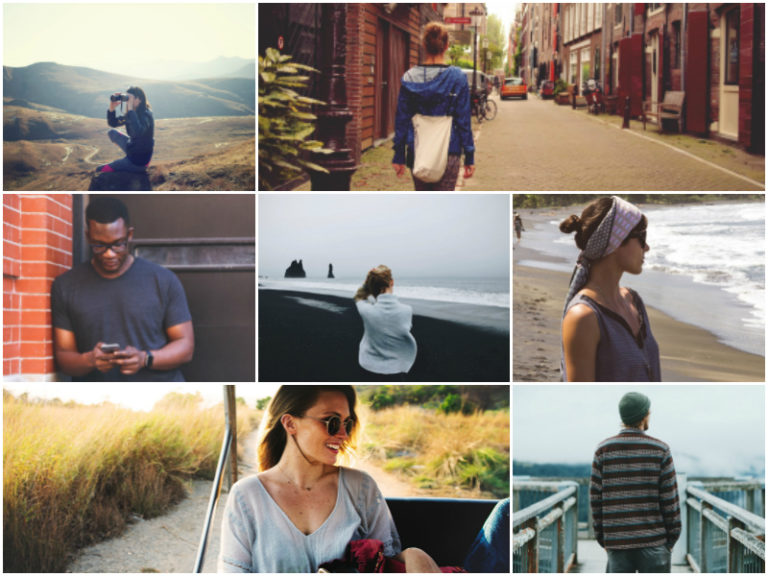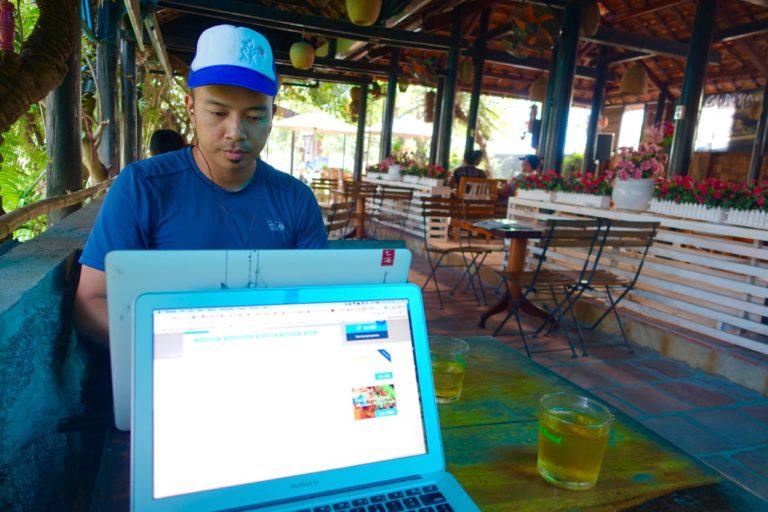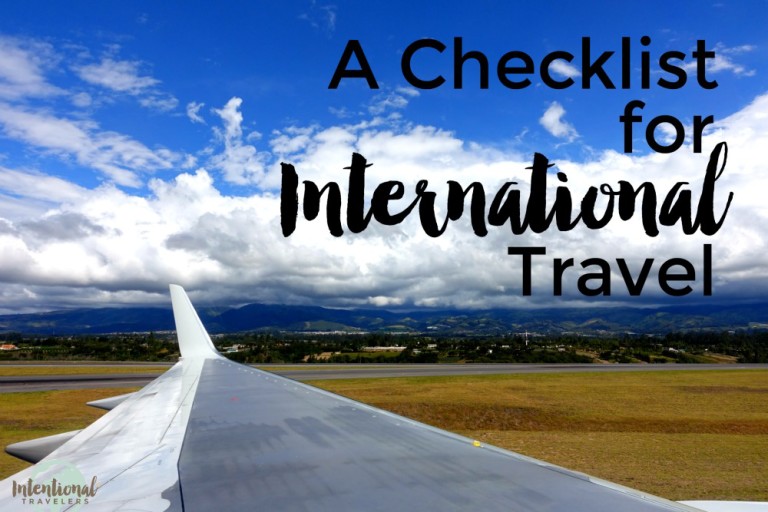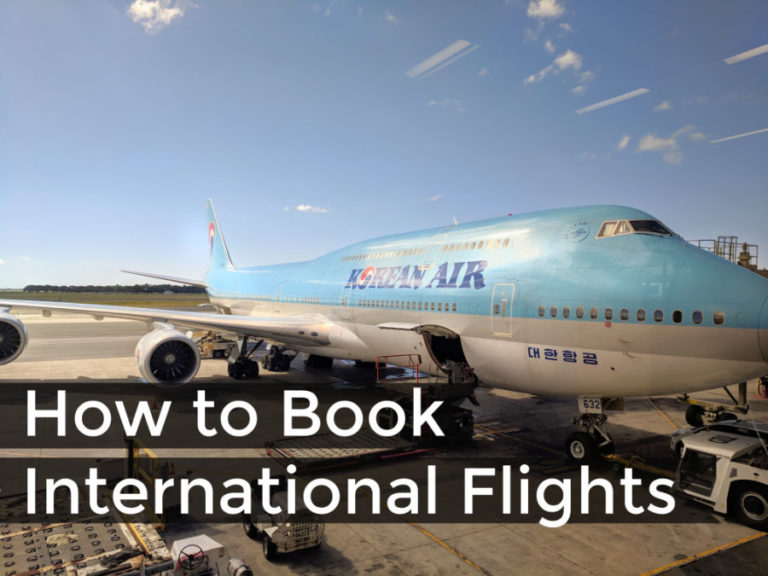Episode 2: Intentional Travelers “Chat”
We’re trying out a new, more personal way to connect with you and share helpful travel info.
With your feedback, we’re exploring whether or not these types of episodes should become a regular thing, as well as what format and topics would be best. Thanks for tuning in and filling out our survey each time as things evolve!
Episode 2: Please watch and share your feedback
Take the survey about this episode here >
Please take a moment to fill our our feedback form through the link above. Help us shape future episodes so that they can become something valuable that you’ll look forward to each month.
Did you watch Episode 1 as well? Even better! We’d love to hear your thoughts comparing these two in the survey.
Show Notes
Mentioned in this episode:
- Haiti Foundation of Hope
- The People and Land of Haiti (on our blog)
- Nomad List
- Numbeo
- Ecuador destinations
- Croatia destinations
- How to Choose Your Next Digital Nomad Destination
Other resources to check out:
- Our 2024 Vietnam tour info | Tour Interest List | Vietnam consultation services
- Submit an Ask Us Anything question for a future episode
- Michelle next course, including Google Voice phone number hack: WorldWide Connectivity Travel Tech Tutorials
Video tip: Click the [CC] icon on the video to see subtitles
Show Transcript
Hello and welcome to our Intentional Travelers monthly chat. We’re happy that you’re here. Today, we will be sharing some tips and travel hacks, lessons learned from a day trip – not day trip – a trip to Haiti; why you should go to Hoi An, Vietnam; and answering a reader question about choosing destinations for long-term stays.
We really would love your feedback. Please help us shape our future chats like this by filling out our survey with your constructive suggestions and preferences so that we can make sure these kinds of things are helpful and interesting to you.
Yeah, in case we haven’t met yet, we are Jedd and Michelle. We got married in 2008. We volunteered together in the Peace Corps in 2012 through 2014. And then, in order to be able to live abroad in new places, we started working online and became Digital Nomads. We travel slowly and together have been to five continents, a few dozen countries. In the summer, you’ll find us in Oregon. Some places we go back to often are Hawaii to see Judd’s family, Vietnam, Ecuador, and Tuscany. Just a small little sampling of our favorite places.
Among others.
Up next, we’re going to uncover important lessons learned from one of our trips. And then, we’ll highlight one of our favorite destinations and why you might want to check it out for yourself.
Yeah, so I thought we could look back at our trips somewhat in chronological order. So let’s start with one of the earliest that we did together, our trip to Haiti. This was in 2009. We traveled with an organization called Haiti Foundation of Hope. This was about one year after we got married, and one year before the big earthquake.
Yeah, I mean, this is my first big trip abroad. “Wow, welcome to Port au Prince, Haiti.” And this was a vision trip, which was different for us, right?
A lot of people are familiar with service, volunteer trips, or mission trips that you might be seeing going to Haiti. So the difference of a vision trip is that we were primarily there to learn, experience, and just kind of understand the situation. And to help us understand and become advocates for the communities there and the ways that like our policies in the United States affect Haiti. So that’s something that we can pay attention to for the rest of our lives because we know what it looks like and how it affects people.
We did help out a little bit with the clinic, but our main role was to hear from the local leaders there. We were led by people with extensive experience, like decades, going to Haiti and especially to this community, and then host country locals. So, that was a really neat way to see in real life an example of an organization that I feel like is doing a good job of empowering people and making sure that the community is really listened to and uplifted. And it’s not just, you know, people from North America coming to “save”.
But I think it’s very valuable to just be, like, students, to just go in with open minds and to listen and to learn. And so, I think that was a really good first experience for me because it was just something totally different. I mean, I remember when we landed on – landed in Haiti… “It reminds me of home a little bit, kinda Hawaii-ish, but a lot more people. I don’t know if you got to see the craziness that was the bags and everybody out there. That was unbelievable.” I just remember so many things that were just different, and it was just good for me to be like, it’s not good or bad, it was just different. It was just like my mind was like opened just learning from them about what we should know about Haiti and like hearing
their side of it versus like from the media. That was just a really amazing first experience for me.
All right, so this month’s Destination Highlight is Hoi An, Vietnam. So we will be going back to Hoi An for a fifth or sixth time, I can’t even remember. It’s one of our favorite places to stay long-term. We’ll be there January through early April 2024 and inviting other people to come join us. So we thought that would be a good one to highlight. So, Jedd, what are five reasons that someone might want to visit?
Five? I mean, I can give you a million reasons, but let’s, yeah, let’s start with five. So I think the number one thing for – for me, and I don’t know if – you probably feel the same way, but it’s just in a – it’s just a whole different type of culture and world. It feels like a very safe place to kind of learn and explore, um, and to just be fully immersed in something very different.
Because it has this like mix of modern amenities and technology with traditional ways, it really lets you see, like, people plowing their farms with water buffalo or the way that they carry things with bamboo poles. And those things are a part of everyday life. So it’s very easy to be immersed in them. And then also, there’s a lot of, like, small family-run businesses. So you go to a restaurant, and you’re actually eating in the first floor of someone’s house. Um, so you’re really upfront with – or close to – people’s everyday lives. If you’re not familiar, it is a UNESCO world heritage. So the Ancient Town, it was an old port city between places like Japan, China, even the West. So there’s all those influences and just really beautiful UNESCO world heritage zone. It’s where the river connects to the ocean,
so that’s why it’s that majestic port. And it was preserved through the war. I mean, amazingly.
Something else we love there is the food. So Vietnamese food has wonderful textures, fresh ingredients. And having traveled across Vietnam, not all restaurants are super approachable. But because Hoi An does see so many tourists, it is a little bit more, I mean, it’s a lot easier, I would say. You have a lot of English menus or at least picture menus. So that you can kind of show up and participate in the restaurant without too much trouble not speaking Vietnamese.
There are a lot of great day trips. So Hoi An is a great place to base yourself. Within, I’d say, 45 minutes or maybe an hour, you can get to the Marble Mountains, which is a little bit hard to describe. It’s kind of a natural and a spiritual destination. My Son temples are ancient temples, a lot like Sam Reap, but much smaller because they were affected by bombings during the war.
There’s the beach, like, 10 minutes away from town, lots of little villages, beautiful rice paddies all around. Danang is just 45 minutes away. That’s the main airport, and it’s a real big city. So if you want your movie theater or, you know, going to the doctor or something like that, you have a lot more choices very close by. And then, Hai Van Pass. That’s pretty famous, at least according to – what’s that show? Top Gear. It’s a long – it’s an old episode, but they had traveled from the South of Vietnam to the North and went through the Hai Van Pass, which we’ve done a couple of times. A scenic road, yeah. I think in general though, it’s just, it really is a very special, beautiful place.
Well, next up we have a Q&A section, and here we’ll either answer a question from you, or we’ll also share something that you might have taught us this month. So today’s question comes from Jeff. Hi, Jeff.
Jeff wanted to know how do you select locations for long-term stays? How do you evaluate affordability compared to other locations? How do you select things like the country, city, and even the neighborhood to stay in? They are interested in long-term travel in the summer since it fits with the school schedule. But they need affordable, family-friendly places that they can stay for four to six weeks. So how would you help Jeff?
Yeah, from personal experience, we initially started where we already had some local connections. I know not everyone, you know, knows people in different countries, and that’s totally fine. But even two degrees or kind of doing a shout out on social media like, “Hey, do we know anyone in this place?” Which has actually worked for us, getting connected
you know, to a place to stay in Denmark. But, um, so starting with your personal interests, there are really no wrong answers. If there are regions that you’re personally interested in, obviously, you can start there.
Another thing that we have talked about is like finding someone with a similar travel style as you because – just because a lot of people love a particular destination, doesn’t mean it’s gonna fit with your own values and your travel style. So make sure that you’re getting advice from people who like the same things or kind of have the same, you know, pace of their travel or that kind of thing.
Wouldn’t you also say that, like, you know, Google searching using certain keywords might help you find, like, a potential traveler who has similar things? So if you’re a family and you want to do long-term travel, so you can see I’m already saying some keywords. You know, “affordable family long-term travel”, you know, you might – Stick that into Google, you’re going to find tons of family blogs.
Exactly. And, you know, you’re going to have to filter those. It’s obviously not as, you know, maybe a direct connection to somebody who you know personally. But that being said, though, like, we use those kind of keyword searches all the time, and it helps us to see like who’s doing what. And oftentimes you’ll find common threads that, you know, maybe be like “oh, everyone’s talking about Hoi An, Vietnam. We gotta – we should check it out.”
Yeah. I feel like I found a lot of our destinations just from other bloggers who I knew, you know, had some kind of similarity to us. And then I just pay attention to where they’re –
where they’re going and if they like the place.
Some other tools that we recommend, Nomad List is a website. I believe you might have to subscribe to see all the information, but you can see a lot in terms of – it kind of gives scores for cost, weather, safety, and different aspects of safety, you know, like is it LGBTQ friendly, is it family-friendly, crime rates, they kind of break that down. They give you like a monthly cost of living on average.
Another resource for comparing cost of living from one city directly to another is called Numbeo, like “number” with an O instead of an R at the end. People are reporting on like: coffee costs this much in my town and carrots cost this much. So you can kind of see those things side by side if you want to compare to maybe your hometown, and you’re just making sure that it’s not going to be more expensive. Or comparing two different places
Since you are traveling in the summer, and we know a lot of families are probably in the same boat, definitely – obviously – consider weather and the fact that it is peak season in some places. So there might be crowds or even higher pricing. So in that case, actually, you might want to look in the southern hemisphere where it’s winter. If you don’t want to, like, pack your parkas, then look at places that are kind of “Eternal Springs” like Ecuador. It has good weather pretty much year-round, or at least it doesn’t get too cold and ugly. And it is also going to be more affordable.
If you can go to, like, Slovenia versus Italy. Like I’ve heard amazing things about Slovenia, or even Croatia. We loved Croatia, and Croatia may be more off the beaten path than Italy. You could probably get some similar experiences. I mean, I love the food in Croatia, and it reminded me of Italy.
Well, now you say Croatia, I mean, in some – Dubrovnik in the summer is going to be ridiculously crowded. True. But there are smaller towns throughout Croatia that people haven’t heard of, like Sibenik. I would love to live there. That’s true.
Yeah. One more just point of reference, we have a post called “How to Choose Your Next Digital Nomad Destination,” and that really applies to workations but also long-term travels. So that’s kind of breaking down the steps of how we look at where we’re going to stay, when we book, you know, what thing would that we book first, how we look for discounts, and those kind of things.
So you don’t suggest that people just, like, close your eyes and just …? If you have money, you can do that. Yeah, Jeff, please try that one day. Just go like this on the map, and, you know…
Hope that helps answer your question. And you know, Jeff and family, if you guys end up finding a place, we’d love to hear about it.
Yeah, all right. Thank you so much for tuning in to this little chat. Again, it’s one of our very first ones. So please be sure to fill out our survey while it’s available. We want to make these more valuable for you each month. So let us know what you would like to hear more or less, or any other suggestions you have.
Thanks. All right, take care! [Music]






